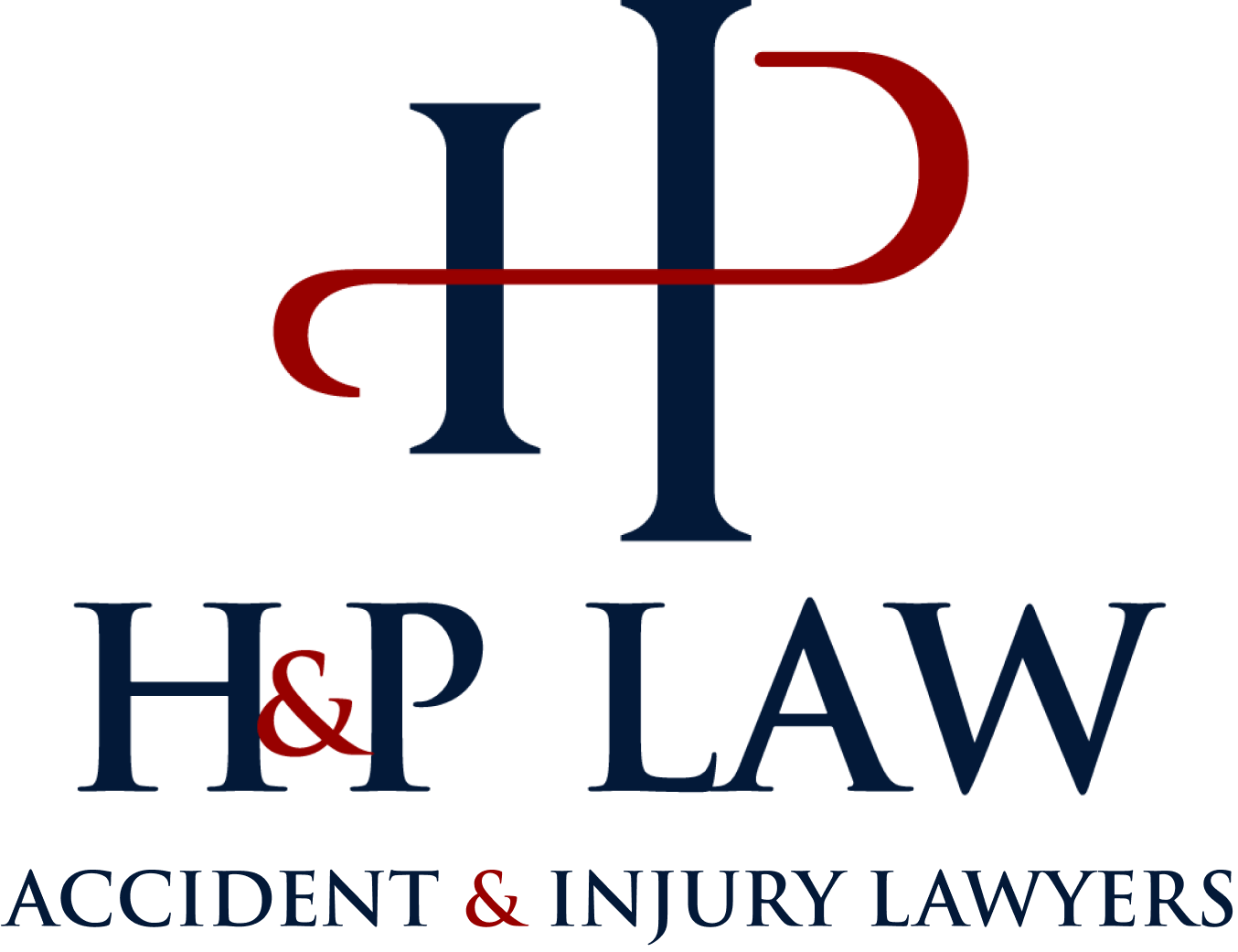
As the largest city in the state of Nevada, Las Vegas is home to one of the most extravagant nightlife scenes in the world. In 2019, over 42 million people visited Las Vegas, undoubtedly to experience the casinos, hotels, and various entertainment venues the city provides. Like any major tourist hub, increased visitorship often leads to higher rates of accidents and personal injury per capita.
In Nevada, the Department of Transportation compiles and reports annual data on traffic accidents in the state. Between 2015 and 2017, the state reported over 145,000 car crashes, of which over 63,000 involved cases of personal injury and over 80,000 included cases of property damage.
When an individual is involved in an accident and incurs personal injury as a result, they will often want to know their options for taking legal action to obtain compensation for their damages. In these cases, victims in Las Vegas will want to employ the services of an experienced personal injury attorney to help build their case. For those Las Vegas residents who want to know more about Nevada’s personal injury laws, read on.
Nevada’s Personal Injury Lawsuit Time Limit
In Nevada, victims typically have two years after the date of the accident to file a personal injury case with the state’s court system. This is known as a statute of limitations and is common in many states. As any experienced personal injury attorney will tell you, waiting until the last minute to file a case is not advised, as the actual timeline to compile and process a case can vary greatly based on individual circumstances.
Understanding Nevada’s Shared Fault Rule
The field of psychology uses a term called a “confirmation bias” to explain the way humans seek information that confirms their existing beliefs and reject information that doesn’t support those beliefs. In many traffic accidents, drivers embody a perfect example of confirmation bias – we look for information that confirms our idea that the other driver was completely at fault.
Nevada law recognizes that this is rarely the case, and because of this the courts use a rule known as modified comparative fault to determine overall responsibility for an accident and subsequent compensation amounts. In this system, the courts look at the actions of everyone involved in an accident.
For example, let’s say that you were hit by another driver and believe it was 100% due to their negligence. However, through investigation and fact-finding, the courts discover you had failed to recognize a traffic warning sign that should have given the other driver the right of way. The courts therefore determine that you were 40% responsible for the accident. Your overall compensation amount can therefore be reduced by up to 40%.
Working With Professionals
The process of proving a case and going to court can seem daunting and intimidating for average Las Vegas drivers. That is why the attorneys at H&P Law employ a strategic, personalized, and comprehensive approach to each client. Contact H&P Law for expert insight you can trust.




